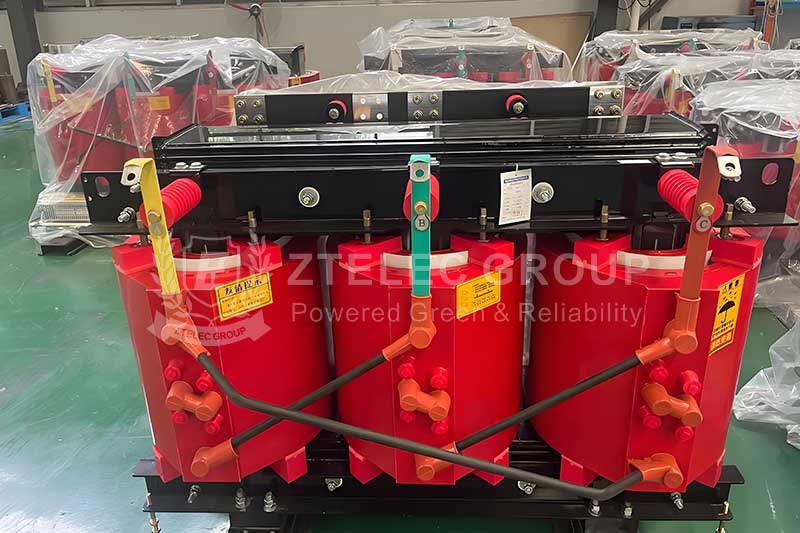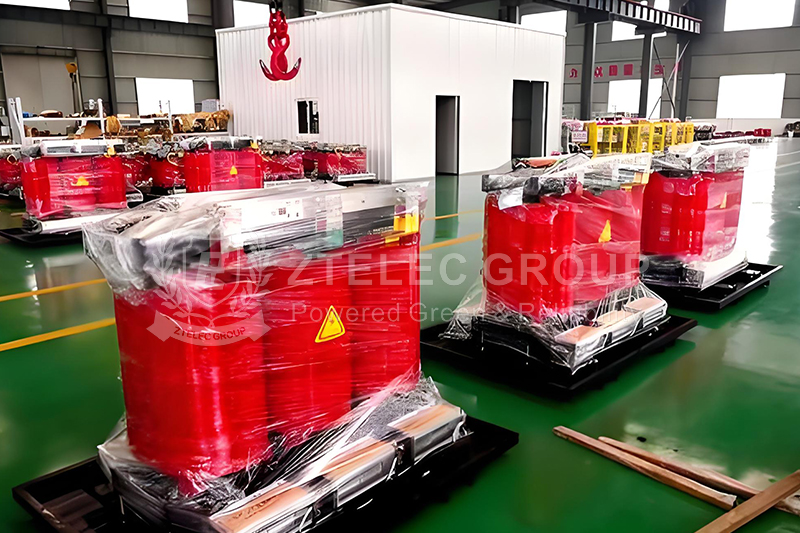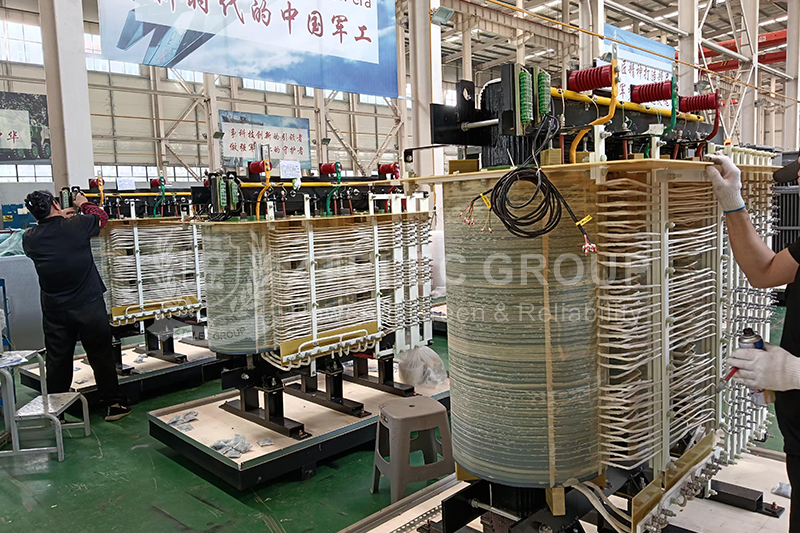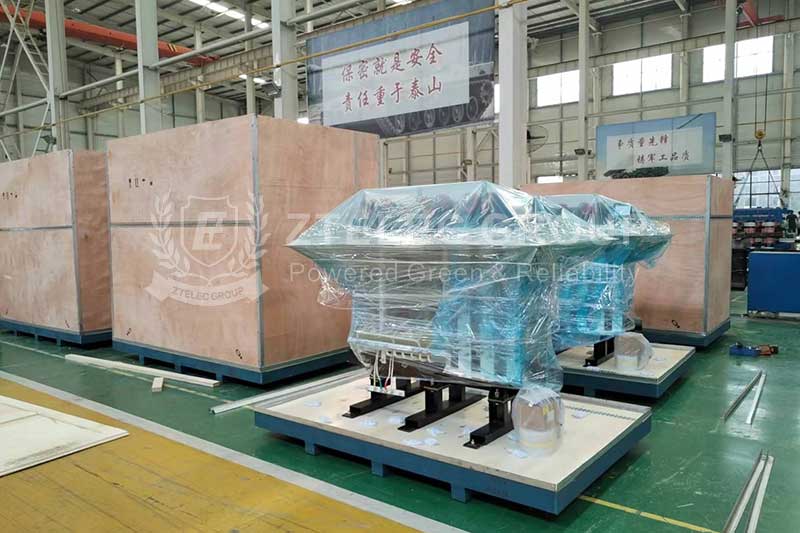How to Verify the Accuracy of Dry-Type Transformer Nameplate Parameters?
As a critical component in modern power distribution systems and industrial equipment, the dry-type transformer relies heavily on its nameplate parameters for equipment selection, operation, and safety. The nameplate not only records the basic performance data but also reflects the manufacturer’s technical capability and compliance with product standards. Incorrect or inaccurate nameplate data can lead to selection errors, operational inefficiencies, or even safety hazards. Therefore, understanding how to verify the accuracy of dry-type transformer nameplate parameters is crucial for procurement, installation, and maintenance.

1. Basic Nameplate Information and Standards
The nameplate is typically affixed to a prominent position on the transformer casing and contains the manufacturer’s name, model number, serial number, manufacturing date, and key electrical parameters. According to international standards (such as IEC 60076) and national standards (such as GB 6450), a complete dry-type transformer nameplate should include the following information:
●Rated capacity (kVA)
●Rated voltage (high/low side)
●Rated frequency (Hz)
●Connection group (e.g., Dyn11)
●Short-circuit impedance (%)
●No-load loss and load loss (W)
●Insulation class and cooling method (e.g., AN, AF)
●Weight (kg) and overall dimensions (mm)
If any of the above key parameters are missing, unclear, or incomplete, it should raise concerns.
2. Key Parameter Verification Methods
To verify the accuracy of nameplate parameters, the following practical methods can be used:
●Check the product certificate and factory test report. The manufacturer's test report should match the nameplate data, especially the rated capacity, short-circuit impedance, and loss values.
●Conduct on-site testing. Use transformer testing instruments (such as turn ratio tester, DC resistance tester, impedance tester) to measure and compare against the nameplate parameters, ensuring the measured values fall within the allowable error range.
●Compare with standard values. For example, confirm that the short-circuit impedance range (generally 2%-10%) aligns with industry standards for the rated capacity; also compare no-load and load losses with industry averages. Abnormal deviations deserve attention.
●Verify the connection group. The connection group (e.g., Dyn11) on the nameplate should match the actual wiring, which can be tested using phase relationship testers.

3. Be Aware of Overstated and Incorrect Labeling
Some low-quality manufacturers may exaggerate (overstate) or incorrectly label parameters. Common issues include:
●Overstated capacity: The nameplate shows a much higher capacity than the actual load-carrying ability, increasing the risk of overload.
●False low-loss data: No-load and load losses are deceptively low, misleading users about energy efficiency.
●Incorrect connection group: Wrongly labeled connection group can cause wiring confusion and operational faults.
●Incorrect impedance: Impedance values deviating from standard ranges can affect parallel operation and short-circuit protection.
To identify such issues, it is important to not only verify the manufacturer’s qualifications and reputation but also use practical testing methods to rigorously compare data.
4. Additional Tips for Verifying Nameplate Authenticity
●Inspect nameplate material and craftsmanship. Reliable manufacturers use high-quality materials (like stainless steel or aluminum alloy), with clear engraving and neat edges.
●Verify manufacturer information. The company name, logo, and certification details on the nameplate should be complete and consistent. Cross-check with the official website or certification systems (e.g., ISO9001 certificate number).
●Check for unique serial numbers. Some reputable manufacturers offer online traceability for their products using the factory serial number to confirm authenticity.
●Consult third-party testing agencies. If necessary, engage certified electrical equipment testing institutions for authoritative verification and reports.
The dry-type transformer nameplate serves not only as the device’s “identity card” but also as a vital reference for equipment selection and maintenance management. By systematically verifying nameplate parameters with actual test data, identifying risks of overstated or incorrect labeling, and confirming manufacturer credentials and nameplate authenticity, users can effectively ensure accurate selection and safe operation of transformers.
During procurement, it is recommended to prioritize reputable manufacturers with comprehensive quality certifications and strong industry reputation. Always request complete technical documents and test reports to ensure that nameplate parameters are truthful and reliable, supporting efficient, safe, and stable operation of power systems.
- more+releated article
- 2025-12-13How to Select and Use Phenolic Cloth-base Lami
- 2025-12-13How Much Does Bakelite Sheet Cost? 2025 Price
- 2025-12-13Why are most 3240 epoxy boards yellow?
- 2025-12-13What are the Main Applications of FR4 Epoxy Bo
- 2025-12-13Why Does the Price of Insulating Paperboard Va
- 2025-12-13Heat-Resistant DDP Insulation Paper
- 2025-12-13Comparison of Heat-Resistant DDP Insulating Pa
- 2025-12-13G10 and FR4 Epoxy Boards: Commonly Used for Ge
- 2025-12-13The Price of Heat-Resistant DDP Insulation Pap
- 2025-12-13How to Choose Epoxy Laminate Materials for Gen





